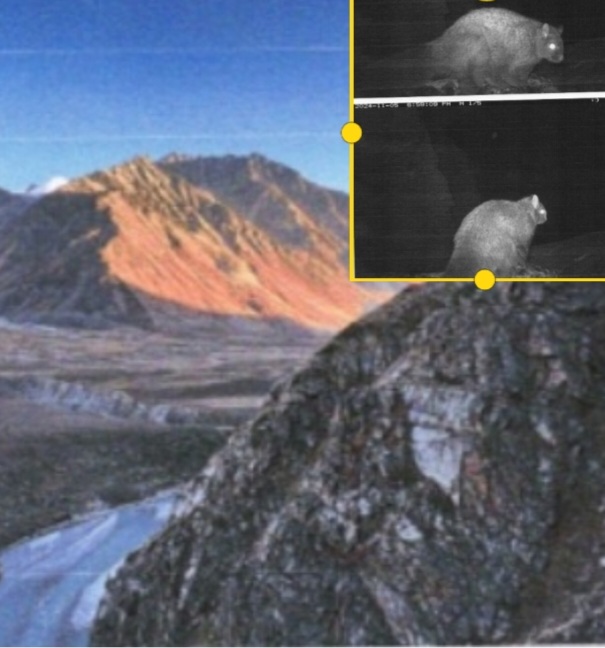First-Ever Photographic Evidence of Woolly Flying Squirrel in Himachal's Miyar Valley
Shimla, 5 April:
In a rare spectacle for wildlife lovers, the elusive Woolly Flying Squirrel (Eupetaurus cinereus) has been captured on camera for the first time in Himachal Pradesh’s Miyar Valley, Lahaul-Spiti district. The discovery marks a significant addition to the state’s mammalian biodiversity records.
According to a spokesperson from the Himachal Pradesh Forest Department, this rare documentation was achieved during a camera trapping survey conducted between 10th October and 4th December 2024, under the Snow Leopard Population Assessment in India (SPAI) initiative.
The primary goal of the survey was to monitor snow leopard populations and their habitats, but it has yielded unexpected and exciting results.
Once thought to be extinct until its rediscovery in 1994, the Woolly Flying Squirrel is endemic to the north-western Himalayas.
Its confirmed presence in Himachal Pradesh is a milestone in understanding the region’s high-altitude ecosystems and reinforces the state's commitment to wildlife conservation.
The extensive survey involved deploying 62 camera traps across challenging terrains of the Miyar Valley. This effort was led by the Wildlife Wing of the Forest Department in partnership with the Nature Conservation Foundation (NCF).
Crucially, local youth from Kibber village in Spiti, who have been actively involved in conservation work since 2010, played a key role in the successful execution of this initiative, supported by an experienced wildlife conservationist from Lahaul.
The camera traps also captured images of other iconic species, including the snow leopard, red fox, Himalayan wolf, and mountain weasel. These species were spotted in rocky cliffs and transitional habitats, just above the tree line, areas also favoured by the Woolly Flying Squirrel.
“These findings not only underline the rich biodiversity of the Miyar Valley but also offer valuable insights into the fragile and unique ecosystems of the high Himalayas,” the spokesperson added.
The discovery is expected to strengthen ongoing conservation efforts and enhance understanding of rare Himalayan wildlife species.







